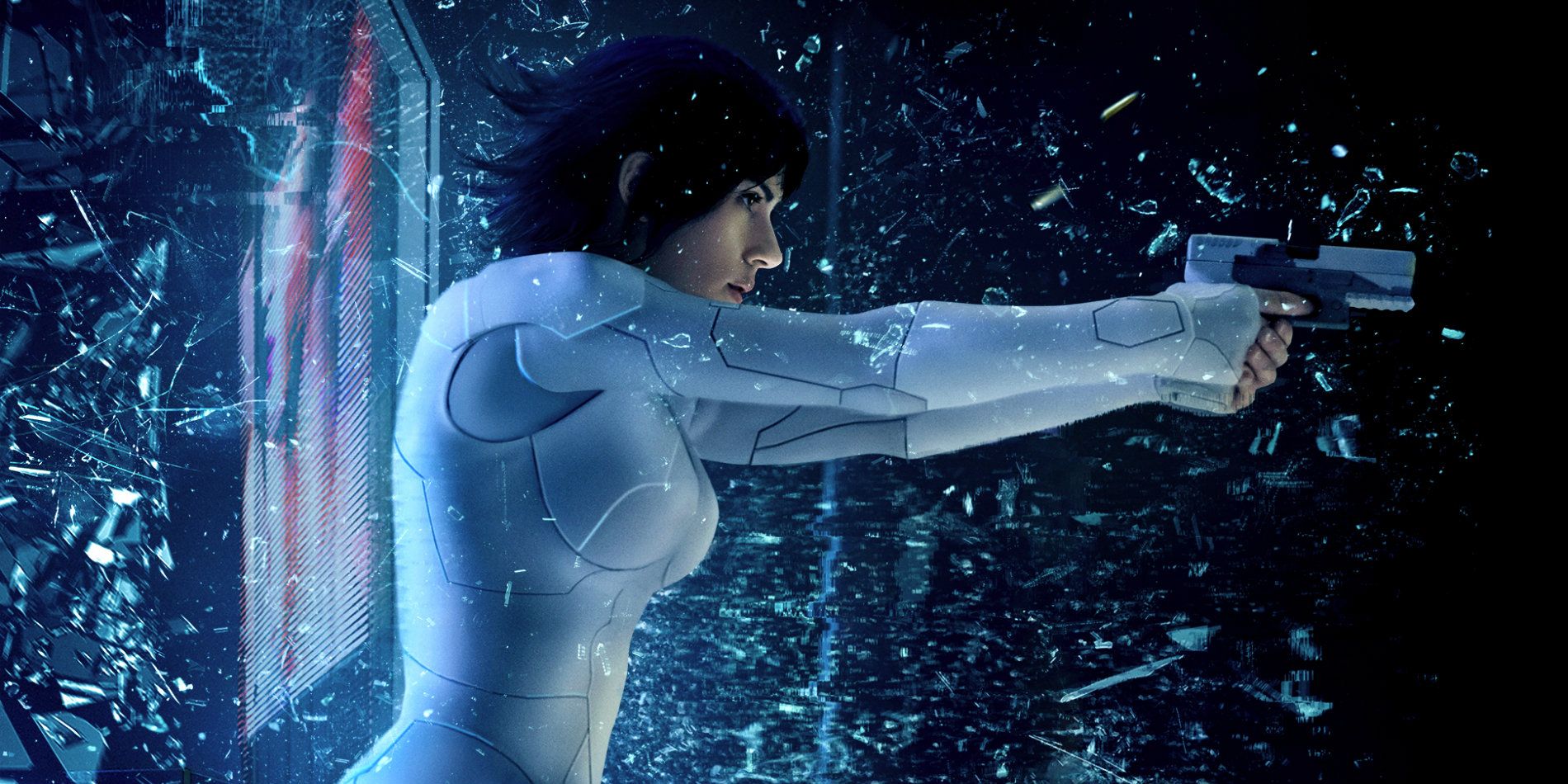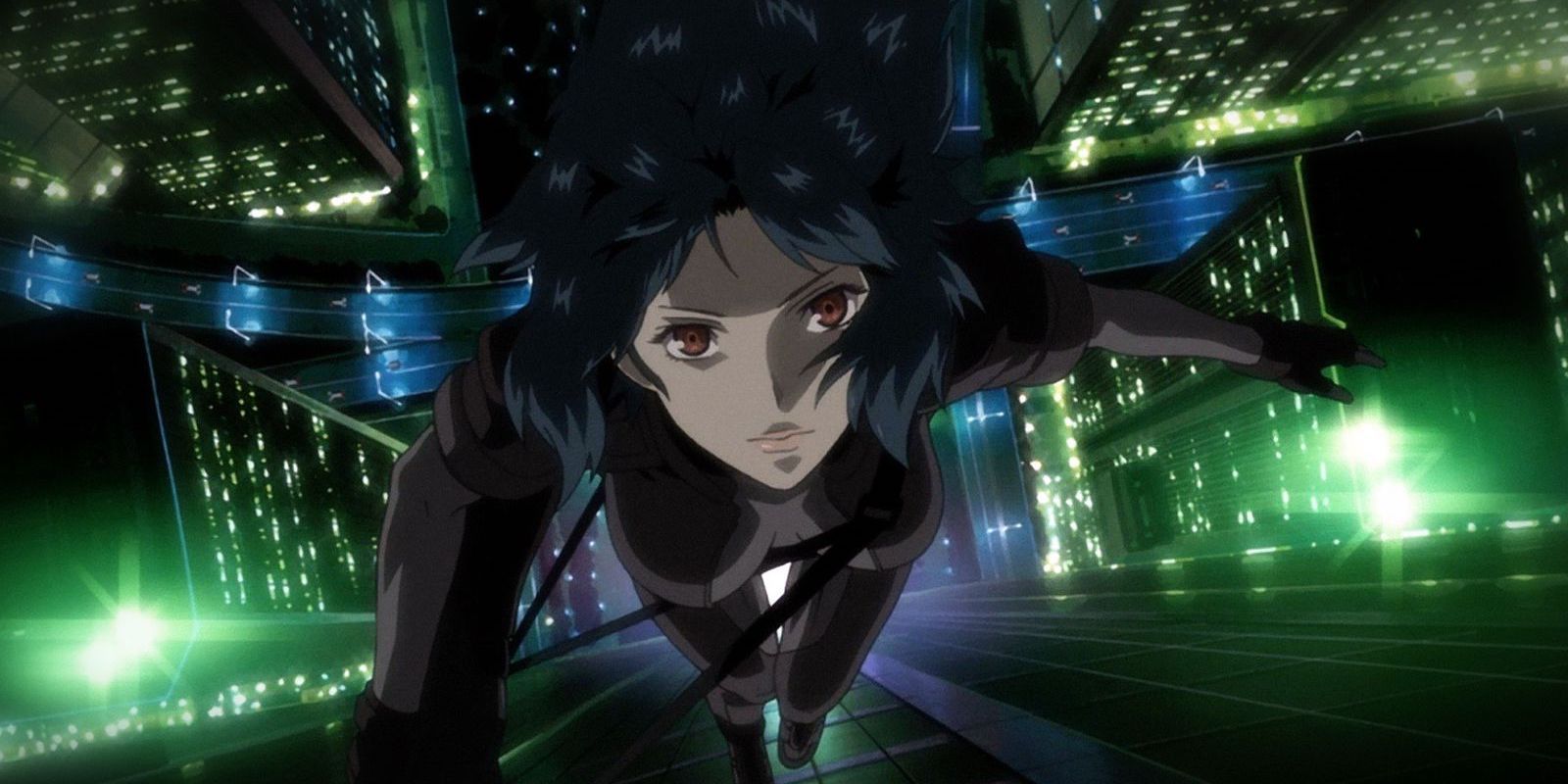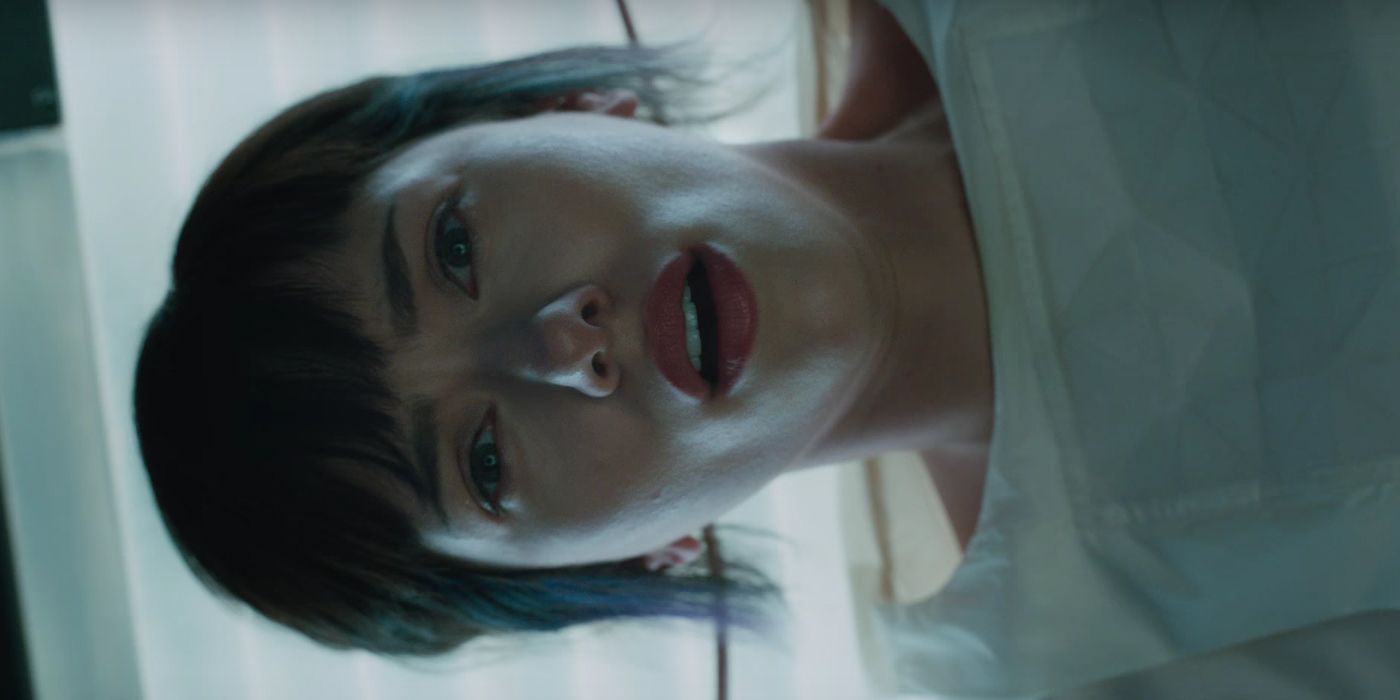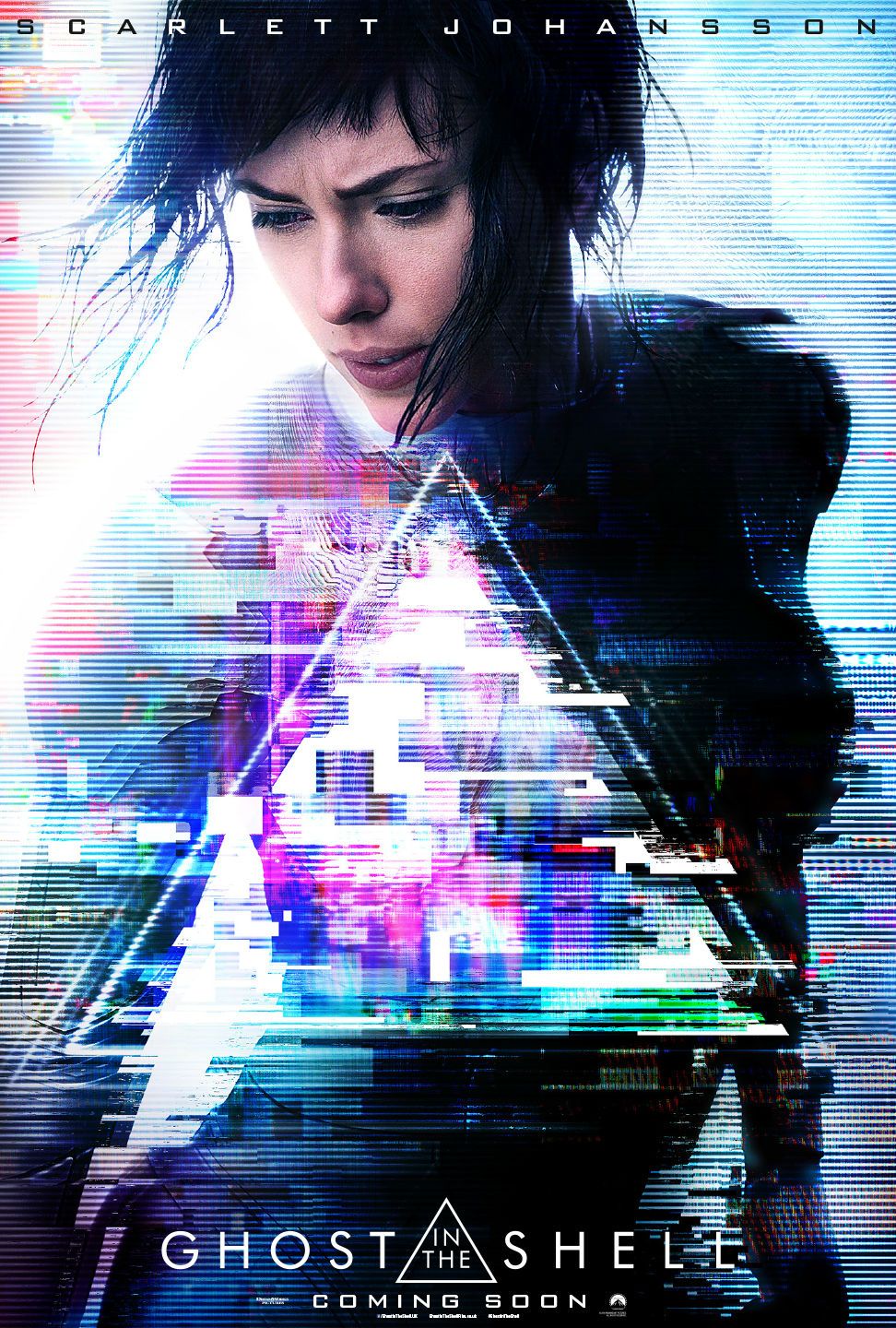Warning: SPOILERS ahead for Ghost in the Shell
-
Ghost In The Shell, the latest live-action adaptation of an anime franchise, dropped into theaters over the weekend... and landed with a crash. There are plenty of factors that likely contributed to its failure to entice U.S. audiences - from a lack of mainstream familiarity with the source material, to heavy competition from Disney titan Beauty and the Beast and DreamWorks' surprise hit The Boss Baby - but arguably one of the biggest knocks against the movie was the whitewashing controversy that has plagued the production since Johansson was first cast.
It's not just a matter of disinterest due to bad casting choices, however. The film is also being criticized for failing to live up to the original animated movie from 1995. The new Ghost in the Shell captures many of the visuals and phenomenal action sequences of the original (mostly by lifting them in their entirety), and was brightly colored and gorgeous to watch, but missed the mark when it comes to the story itself. There were multiple changes from the original, including one very major difference in the central character.
The First Motoko Kusanagi
In the original franchise, Major's name is Motoko Kusanagi, and her backstory is barely even considered. With an entirely synthetic body and only her brain and her spine organic, Motoko is barely human. This is, of course, the core of the character, and the film focuses on Motoko's quest to understand her place in a world when she is neither human nor machine. The original Ghost in the Shell follows Motoko as the leader of a law enforcement assault team, as she connects with an artificial intelligence who seeks to find its own version of humanity.
The little that we discover of her backstory comes through the manga and TV series, where flashbacks start to fill in the blanks, but her history is largely unimportant. It is her future and her place in the world that the franchise is concerned with. It is discovered that Motoko has been in a prosthetic body since a very young age, when she was in a plane crash as a child. Her brain was transferred to this new body without consent, and her memories of the time before her life in the cybernetic body are minimal and hazy. The series also reveals that she doesn't even remember her real name, and that Motoko Kusanagi is a pseudonym.
Major Mira Killian
The new Ghost In The Shell takes a very different approach to Major's character, spending the film discovering Major's past, rather than focusing on her humanity and her future. The audience watches as Major slowly unravels her history and discovers where she came from - and gets a whole new backstory in the process.
In the film, Major's original name was Motoko Kusanagi, and she was a young Japanese runaway, living in the Lawless Zone. Despite being essentially homeless, and living with a group of other homeless teens, Motoko is described by her mother as 'happy' and passionately anti-technology (some heavy-handed irony, there). Motoko became Major after the Hanka Robotics corporation raided the Lawless Zone and kidnapped the people living there to use as experimental subjects. Illegally and (obviously) without consent, the scientists at Hanka robotics used the brains of the people they took to try and create a 'perfect weapon', a fully cybernetic body with a brain capable of innovation and human thinking.
Re-named Major Mira Killian, Motoko 'woke up' in her new, cybernetic shell without knowing who she was, and was told by Hanka that she had been with her family in a refugee boat when it was attacked by terrorists. According to Hanka, her whole family died, and only her brain could be saved. A year later, she is working at the head of the assault team, and still cannot remember who she is beyond what she has been told.
As the film progresses, Major begins to have increasing numbers of 'glitches', seeing things that aren't there (a cat, for example). These are actually her real memories, repressed by drugs that Hanka gives her to keep her compliant. She is told that the drugs are to keep her brain from rejecting her cybernetic body. She is given an apartment number by one of the scientists who has come to believe that what Hanka did was wrong, and goes there to discover that her mother is alive and well, mourning the loss of her runaway daughter. By the end of the film, Major is able to tell her real mother what has happened, and begins to re-build her sense of self with this new information and her re-discovered memories.




